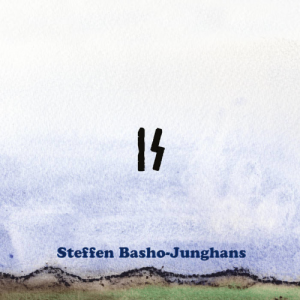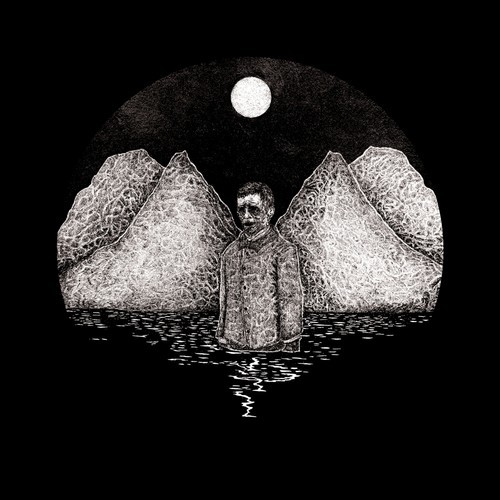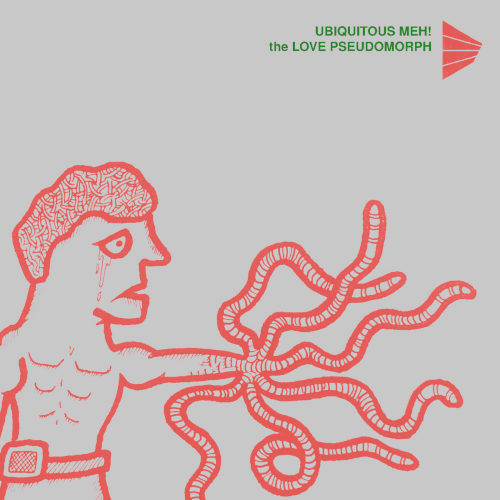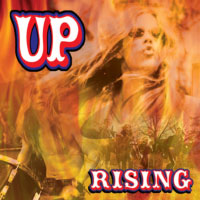Architects of Harmonic Rooms & Records
 Although Steffen Junghans has appended Basho to his last name out of a sign of respect for the legendary guitarist, it does not in any way detract from the unique direction of his own work. His latest album, the first in quite some time, is a delightful foray into the kind of impressionist guitar landscapes that his work is always hinting at, but also shows the kind of speed and repetitive tenacity that has been building up over so many years of playing.
Although Steffen Junghans has appended Basho to his last name out of a sign of respect for the legendary guitarist, it does not in any way detract from the unique direction of his own work. His latest album, the first in quite some time, is a delightful foray into the kind of impressionist guitar landscapes that his work is always hinting at, but also shows the kind of speed and repetitive tenacity that has been building up over so many years of playing.
His flitting from six to twelve string guitar throughout the album means that each piece stands well apart from the next. There are only two guitars used on The Dancer On The Hill but somehow he manages to coerce the twelve-string on the title track into sounding like a lonesome Western sitar. There seems to be a sense of ceaseless adventure here and if he were a painter, I could imagine his brush dancing across the page, capturing wild mustangs veering across a verdant landscape, sun-dappled and full of wild abandon.
Steffen’s playfulness comes out in the wild strumming and unexpected diversions of “Southern Dance”, but there is always movement; lightning fast at times and perhaps there is no other music that evokes the sensation of headlong flight in such a graphic way. He covers the widest variation in the sound of the acoustic guitar as each one differs from the previous and ,as on the final track “Clear Night”, the forms and shapes that he produces are more visible when the space between is allowed to resonate with the decay of the strings. The Dancer On The Hill is an album full of light and movement and joy and is a welcome return. Also available again is the collection of pieces titled IS, some of which date back almost twenty years. IS makes an interesting comparison to The Dancer On The Hill. There are some much longer and more reflective numbers that aim to establish more of a mood than the pieces on the later album.Opener “When The Plains Are Singing” is a perfect example; the strings are allowed to decay and the shadows they throw are deep like canyon walls, while the picking reflects the high end, sparkling as if they were crystal pools. It is in constant movement, always evolving, but at an easier pace. A run is cut off in its prime, heading off resolute in a new direction. The disparity between the shining upper notes and the growl of the lower is all over the album as strings distantly cogitate, and for good periods are sightless in their tonal repetition.
There is sadness at times in the bent notes, twisting and yearning and at others as on “Changes” it is as if a thousand fingers are brushing the strings, bringing them to a luminous sheen. Although some of these pieces were recorded a good few years ago, they still appear timeless. Melancholy infuses “Azure No 8”, but it also sounds more continental somehow, as it runs in and out of phase while one particular note appears as the linchpin around which all the others hang and which the listener finds themselves following. Steffen’s fingers jump and scuff, tones shimmer and shake, striking like a dark knell as cycles form and break up.
-Mr Olivetti-




